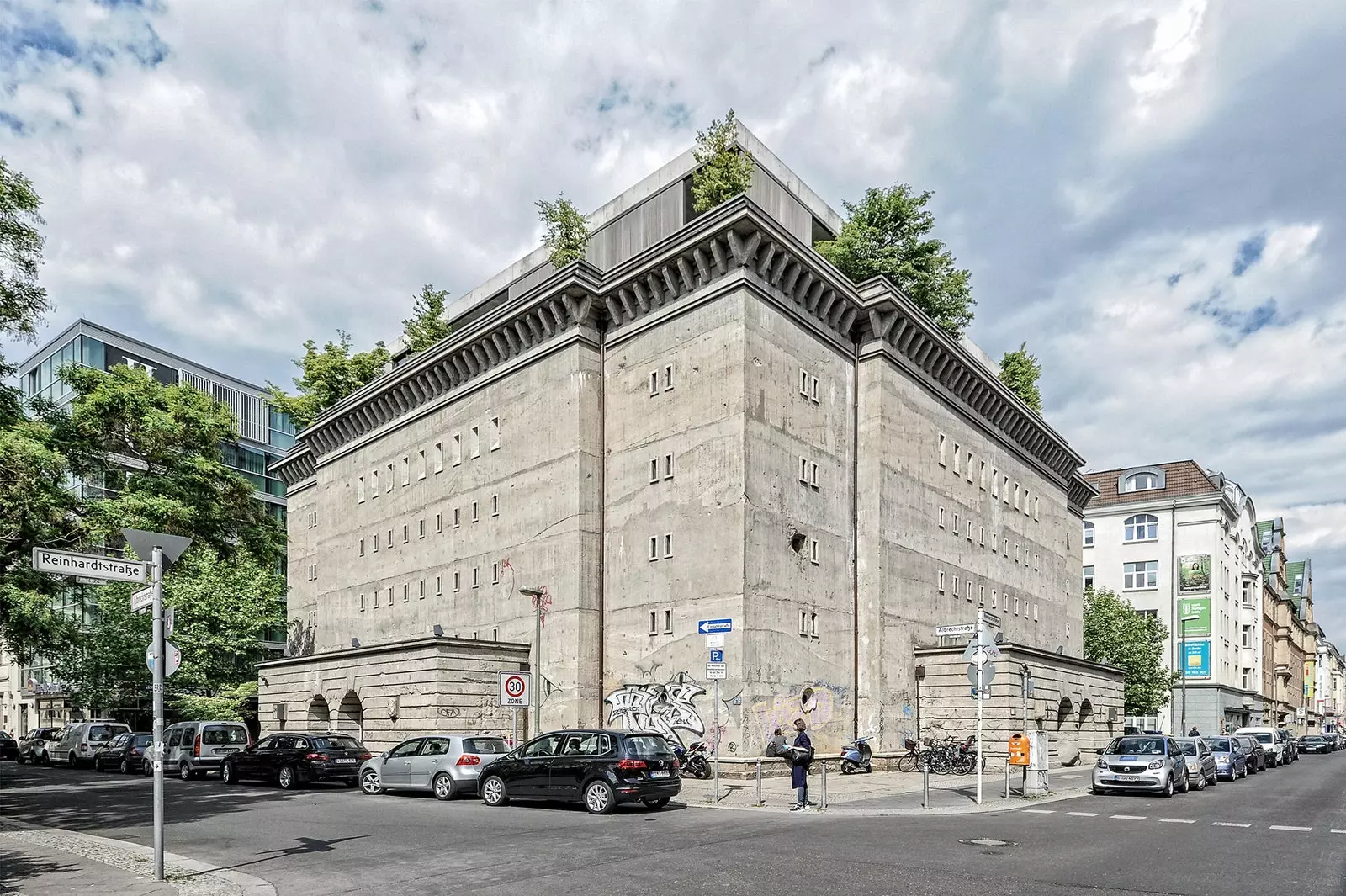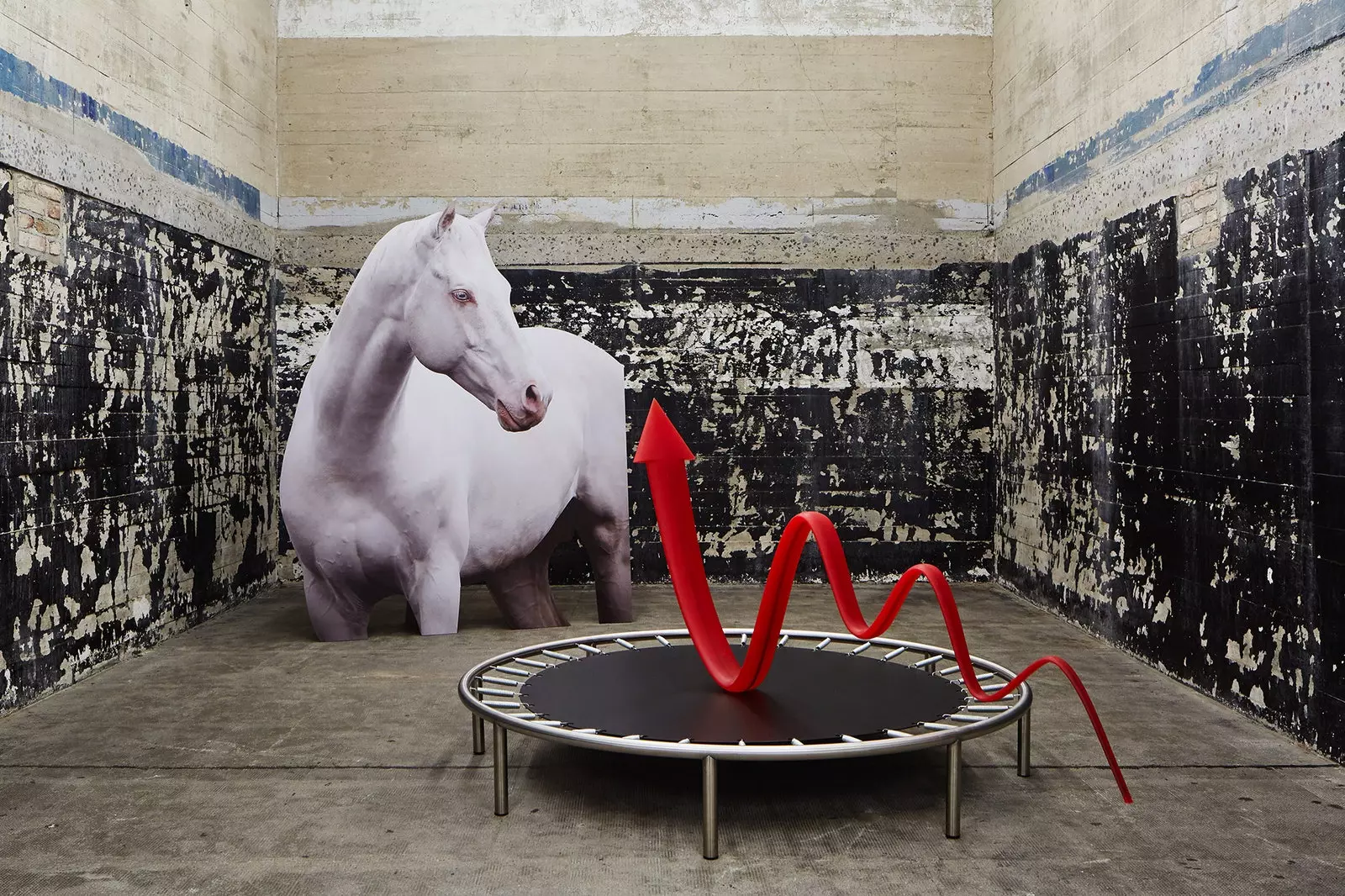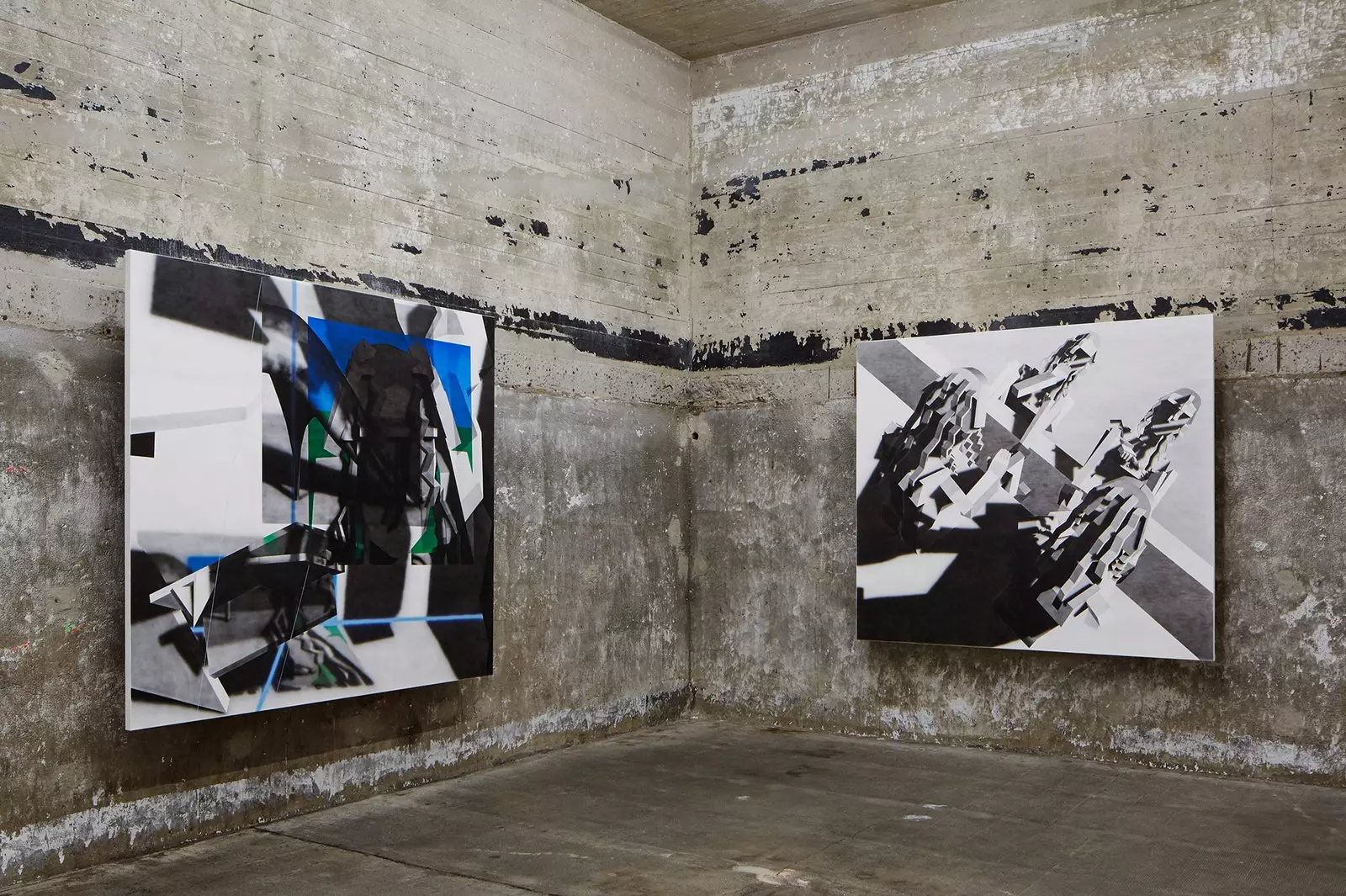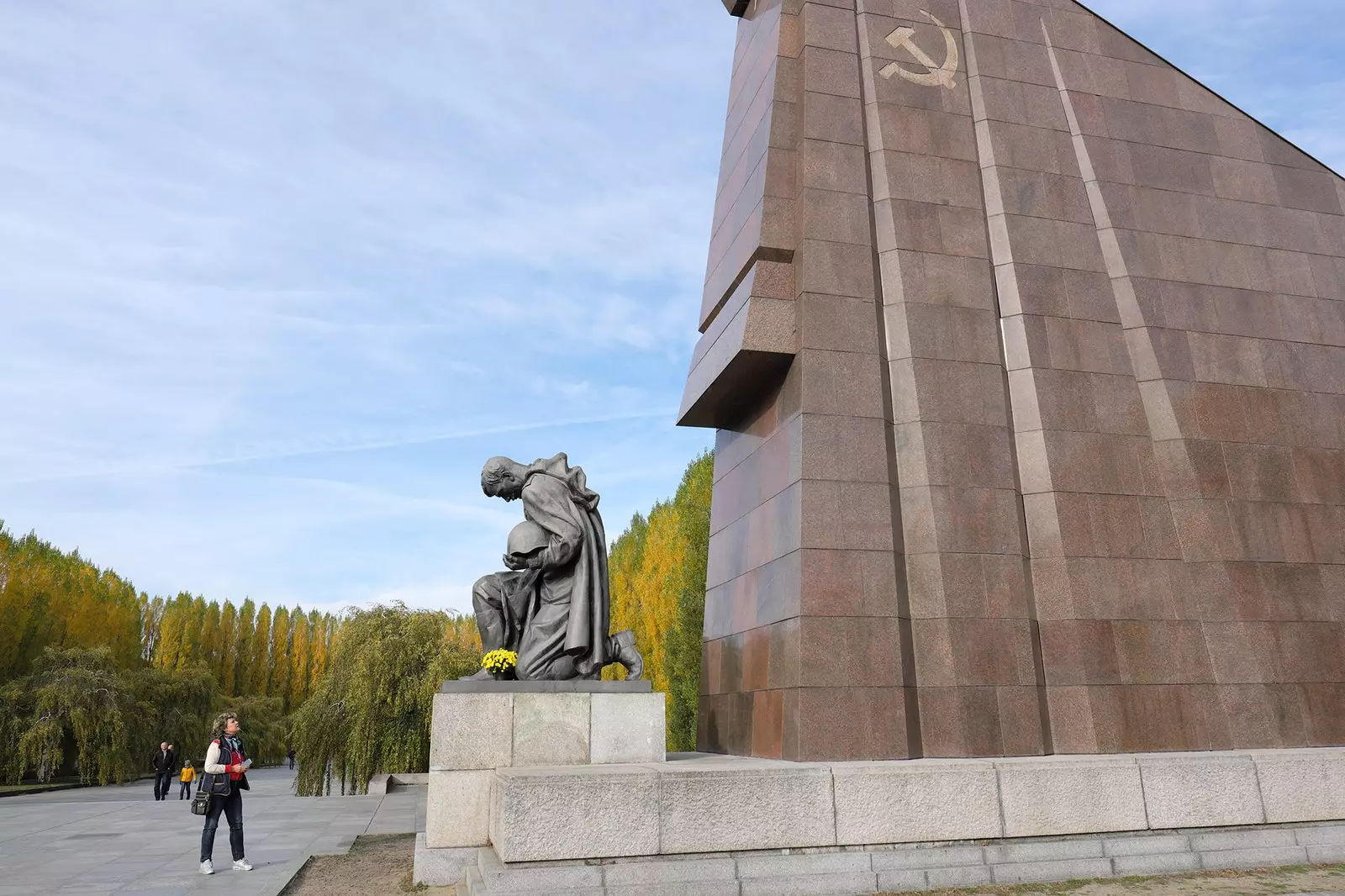
Exterior of The Bunker
They say that berlin it becomes expansive with good weather. But when spring fades, an alternative plan is necessary. The night is the perpetual refuge of the city from inclement weather. Techno protects. Also the bunkers.
He had been to one of them. the bunker , with capital letters, was built by the Nazis as a bomb shelter. Mark a hostile mass in the district of mitte.
After the war, it served as a warehouse, a nightclub, until Christian Boros bought it and installed it there His collection . They are all: Ai Weiwei, Wolfgang Tillmans, Olafur Eliasson, Thomas Ruff.
There are no signs in the rooms. The works are not identified and that confuses the public. The bare, airtight concrete keeps traces of paint and graffiti. In Berlin overlapping is the norm.

Work by Katja Novitskova that is part of the Boros Collection
But Boros's bunker is not the only one in the city. There is another one in a canal, near Kreuzberg, in what was West Berlin. There the concrete does not rise. It is spread out in a sprawling building, topped by ventilation shafts.
In Nazi times it protected telecommunications equipment. Today it houses a little traveled enigma. The feuerle collection he doesn't flaunt, he whispers.
The intervention of the English architect John Pawson, geometric in its voids, it has stripped the concrete walls. Collectors have a weakness for anonymous, isolated spaces, impervious to light, diaphanous.
A young Oriental welcomes the group at the appointed time, stops its members in the dark. He plays Music for piano No. 20 by John Cage. Upon entering the great room, the look has been made to the semi-darkness. points of light illuminate khmer sculptures between columns and pillars. The effect is dramatic.
The young Oriental remains silent, answers questions, clears up doubts, dates the pieces, from Southeast Asia, between the 7th and 13th centuries. In the center a mirror box is closed in which the incense ceremony is celebrated . Works by Anish Kapoor they reflect, they respond from the walls to the sensuality of the stone.

Artwork by Avery Singer that is part of the Boros Collection
The first floor is dedicated to Chinese furniture. The volume of the lacquered pieces, created for the court, emerges in isolated points between Araki's photographs . An eight-poster bed, a throne with marble plates that emulate a landscape, and the Well XII by Cristina Iglesias: a bronze spring that opens in the ground.
After the bunker, the night remained. The sun alternated with gusts of wind and rain. a friend suggested KitKat, one of the temples of the Berlin fetish. He knew an intimate of the owner. We would evade the queue.
In Berlin you don't improvise. The night is ritual. Each place requires an outfit, an attitude. It is assumed that queuing for an hour is necessary, that the doorman can reject you after waiting if you do not comply with the esoteric code that governs access.
Perhaps for this reason in the great access area of KitKat a contained expectation predominates. The coats fall, the clothes are delivered. Leather, nudity, drag or any form of transformation remains. I was wearing a red silk kimono. Just a kimono, my friend insisted. No one looks, no one observes. The first rule is acceptance.
Rooms follow one another, a large swimming pool and passageways to less exposed areas. Bizarreness predominates in the techno core. Music is a drug in itself. The crowd pulses and becomes fluid. There is a platform like a balcony from which decadence defines its shape, its movements.
It's still interwar Berlin, I thought. This is the transgression made into a habit that unsettled the Viennese Stephan Zweig and the Spanish journalist Chaves Nogales.
We left there during the day. We dress. We took a taxi. We slept. The sky was still cloudy. We ate some sausages with a Maibock, the beer that is only fermented in May. We took the S-Bahn to Treptower Park. We walk.
The park was forest. A forest that meandered until it reached a gate. Inside was the Monument to the Soviets who fell in World War II. There was an arch built from the red marble of Hitler's chancellery, a great burial mound with a monumental bronze statue of a soldier with a girl in his arms, white stone sarcophagi with reliefs showing women with kalashnikovs.
As he watched them, my friend lay down on the barrow. I thought that sometimes the euphoria of cities is born from his scars.

Monument to the Soviets who fell in World War II
